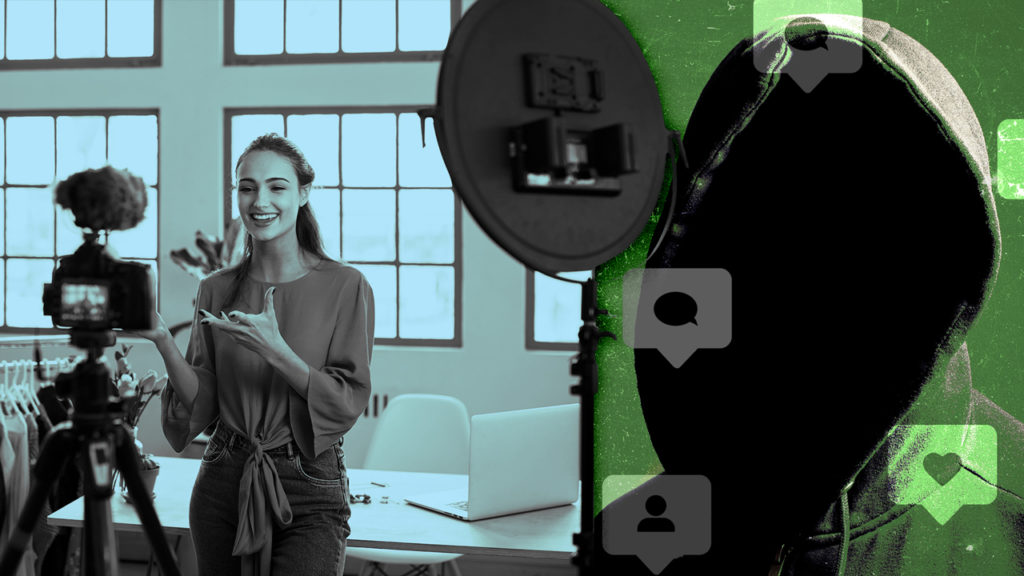As part of its efforts to minimize influencer fraud, the Influencer Marketing Council (IMC) released “Fraud Best Practices and Guidelines,” marking the first major initiative to define influencer marketing industry standards on a platform-by-platform basis.
Spearheading the guidelines is a group of leaders from Clorox, Publicis Media, Initiative, Horizon Media, Saatchi & Saatchi Wellness, Haworth, Havas Media, Lippe Taylor, StubHub, Abrams Artists Agency and Captiv8—as listed in a press release.
The establishment of measurement standards follows the industry’s collective outcry for regulating the gray areas of influencer marketing in the digital space, as lambasted by former Unilever chief marketing officer Keith Weed. Weed, who since leaving Unilever has invested in influencer platform Tribe, urged companies to stop working with influencers who bought fake followers, calling for “urgent action now to rebuild trust before it’s gone forever.”
A noteworthy statistic introduces the guidelines: “More than 11 percent of the engagement for influencer-sponsored posts on Instagram are generated by fraudulent accounts.” The guidelines include 12 metrics including follower patterns, engagement spikes and variations in audience locations—aiming to help guide marketers’ decisions about influencer-driven initiatives and campaigns.
“Influencer marketing presents many rich opportunities for brands, but fraudulent activity—particularly around acquiring followers and driving engagement—in the space remains one of the key barriers to achieving true engagement and trusted measurement,” said Jeremy Cohen, VP, head of global content partnerships at Publicis Media.
To ensure they’re allocating budget dollars to campaigns that will forge authentic connections with their real targeted audience, not fake followers, brands should keep the following best practices in mind when selecting talent for partnerships. First, monitor any spikes in the influencer’s followers and engagement—likes, impressions and comments can be bought—as spikes indicate bot activity. Next, make sure they have a proportionate follower to engagement ratio, and that the origin of their engagement matches their audience’s location. As for gauging impressions, the guidelines advise that on YouTube, Facebook and Instagram, “you should generally expect 20 percent of the impressions compared to the influencers’ followers.”
“Fraudulent activity is a major pain point for the industry and we don’t see this slowing down until we, as a whole, step up. The IMC is focused on ‘action-oriented’ initiatives, we believe by putting out tactical solutions for brand marketers, we will make a difference,” noted Krishna Subramanian, co-founder of Captiv8.
Though the IMC has set forth best practices, identifying fake activity and determining the true reach of social media spend remains elusive, simultaneously money spent on influencer marketing continues to increase. Seventy-eight percent of marketers surveyed by influencer agency Linqia said that the biggest challenge of influencer marketing is working out the return on investment. Marketers spent $570 million alone on Instagram influencer marketing in 2017, eMarketer reported.

